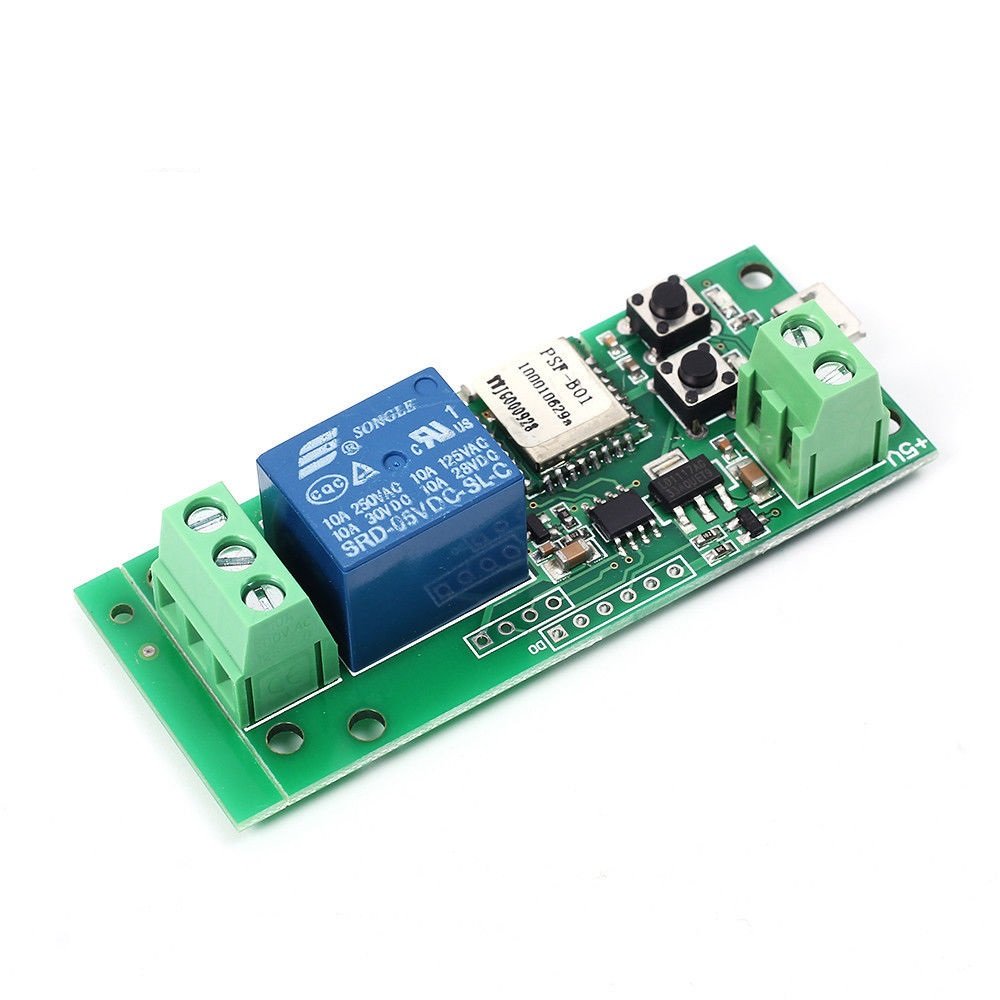Todd1561
Active member
As a solution to my earlier thread about stopping charge at 80% I’ve come up with a solution of writing a program that queries the carwings API for current SOC, calculates charge time to reach 80%, and sends a command to an Arduino to turn on a relay for the calculated time. This relay in turn powers a large, high quality 60 amp contactor that controls power to the EVSE outlet. Once the time duration is reached the arduino turns off its relay which turns off the contactor.
My question is whether or not cutting power abruptly from the EVSE on a regular basis will be a problem? Typically, you’d unplug the charge handle from the car and in theory there could be some negotiation happening there. I’m not familiar with the J1772 protocol. In my search I’ve only come across some anecdotal evidence or arcing when pulling the plug on a running EVSE. That shouldn’t be a problem as this contactor is designed to regularly switch loads over twice what the EVSE would be pulling.
I only found one similar project of a guy controlling a contactor with a manual timer and presumably there were no ill effects, but can’t hurt to ask. Post found here: https://www.mynissanleaf.com/viewtopic.php?f=9&t=17111&start=20#p531892
Thanks!
My question is whether or not cutting power abruptly from the EVSE on a regular basis will be a problem? Typically, you’d unplug the charge handle from the car and in theory there could be some negotiation happening there. I’m not familiar with the J1772 protocol. In my search I’ve only come across some anecdotal evidence or arcing when pulling the plug on a running EVSE. That shouldn’t be a problem as this contactor is designed to regularly switch loads over twice what the EVSE would be pulling.
I only found one similar project of a guy controlling a contactor with a manual timer and presumably there were no ill effects, but can’t hurt to ask. Post found here: https://www.mynissanleaf.com/viewtopic.php?f=9&t=17111&start=20#p531892
Thanks!




